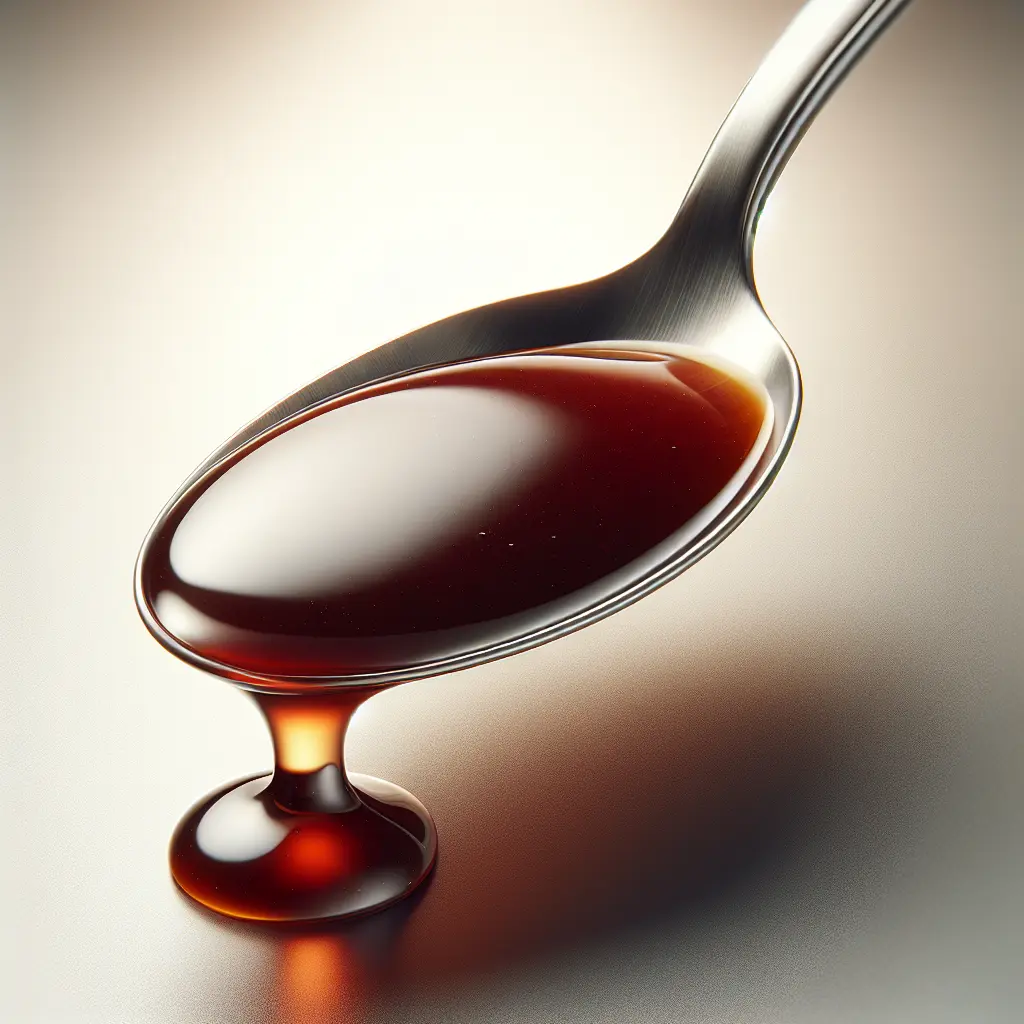Fish Sauce: The Liquid Gold of Southeast Asian Cuisine
Fish sauce, a culinary cornerstone in Southeast Asia, is a fermented condiment crafted from fish or krill. Its distinct savory and umami-rich flavor has captivated taste buds for centuries, adding depth and complexity to a myriad of dishes.
The Alchemy of Umami: How Fish Sauce Works Its Magic
The secret behind fish sauce's irresistible taste lies in its fermentation process. Fish or krill are combined with salt and allowed to ferment for months or even years. During this time, enzymes break down the proteins and fats in the fish, releasing amino acids and other compounds that contribute to its characteristic umami flavor. Umami, often described as "savory" or "meaty," is one of the five basic tastes and plays a crucial role in enhancing the overall taste experience.
Nutritional Profile: A Surprising Health Boost
Despite its humble origins, fish sauce packs a surprising nutritional punch. It is a rich source of essential amino acids, which are the building blocks of protein. Additionally, it contains vitamins, minerals, and antioxidants that contribute to overall health and well-being.
- Low in Calories and Fat: Fish sauce is incredibly low in calories and fat, making it a guilt-free addition to your culinary creations.
- Rich in Protein: It is a concentrated source of protein, providing essential amino acids that are vital for muscle growth and repair.
- Good Source of Vitamins and Minerals: Fish sauce contains vitamins B12 and D, as well as minerals such as iron, calcium, and magnesium.
- Antioxidant Properties: The fermentation process gives fish sauce antioxidant properties, which help protect cells from damage caused by free radicals.
Culinary Canvas: Unleashing the Versatility of Fish Sauce
Fish sauce's versatility extends far beyond its Southeast Asian roots. It can be used as:
- Marinade: Its umami-rich flavor penetrates meats, seafood, and vegetables, enhancing their natural flavors.
- Sauce: Diluted with water or other liquids, it creates a flavorful sauce for dipping or drizzling over dishes.
- Seasoning: A few drops or a splash can elevate stir-fries, soups, salads, and dressings.
- Condiment: It adds a savory depth to rice, noodles, and other dishes.
In Southeast Asia, fish sauce is an indispensable ingredient in iconic dishes such as:
- Pad Thai: A stir-fried rice noodle dish with a harmonious balance of sweet, sour, and savory flavors.
- Phở: A fragrant Vietnamese noodle soup brimming with aromatic herbs and tender meats.
- Ceviche: A refreshing Latin American dish featuring raw seafood marinated in citrus juices and fish sauce.
Tips for Using Fish Sauce: Mastering the Umami Art
- Start with a Little: Fish sauce has a concentrated flavor, so it's best to use it sparingly initially.
- Balance the Flavors: Pair fish sauce with other ingredients to create a harmonious balance of flavors. A touch of sweetness from honey or sugar can round out its savory notes.
- Experiment with Dilution: Diluting fish sauce with water or other liquids allows you to control its intensity and use it as a sauce or marinade.
Conclusion: The Culinary Treasure of Fish Sauce
Fish sauce is more than just a condiment; it's a culinary treasure that adds depth, savoriness, and umami to a wide range of dishes. Its versatility extends from Southeast Asian kitchens to global culinary adventures. Embrace the umami-rich magic of fish sauce and elevate your cooking to new heights.
How many calories are in Fish Sauce?
Each 1 tbsp of Fish Sauce contains 6.3 calories.
Fish Sauce Nutritional Information
| Nutrient | Amount per 1 tbsp (18g) |
|---|---|
| Calories | 6.3 Calories |
| Protein | 0.9g |
| Fat | 0g |
| Saturated Fat | 0g |
| Cholesterol | 0mg |
| Carbohydrates | 0.7g |
| Dietary Fiber | 0g |
| Sugar | 0.7g |
| Sodium | 1.413mg |
| Potassium | 0.0518mg |
| Calcium | 0.0077mg |
| Iron | 0.0001mg |
